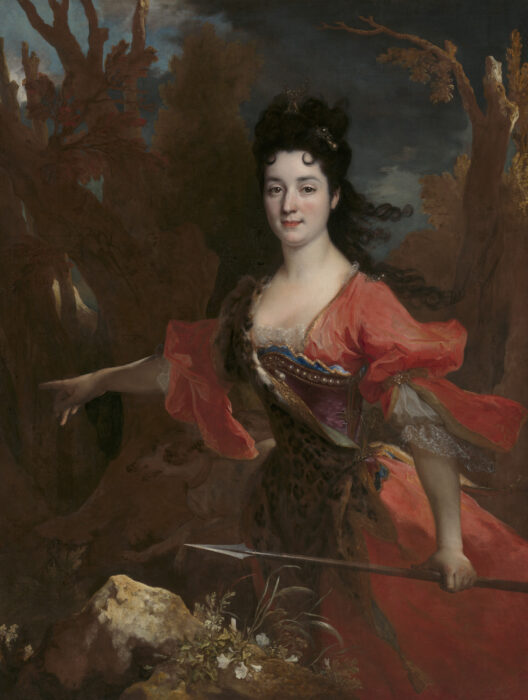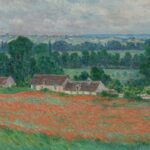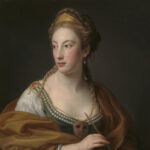Gods, Heroes, And People of the Baroque
The Baroque was a stylistic movement in art and architecture that began in Rome in the early decades of the 17th century and flourished in many parts of Europe until the 1720s. The word Baroque derived from a Portuguese term meaning ‘irregular pearl or stone,” suggesting that the inherent beauty of these artworks resided in their unique and surprising qualities. Departing from the predictable compositional features of the late Renaissance style known as mannerism, artists of the Baroque indulged in exuberant brushwork, unconventional palettes, dramatic contrasts, abundant and intricately detailed ornamentation, and markedly dynamic poses and movements.









































